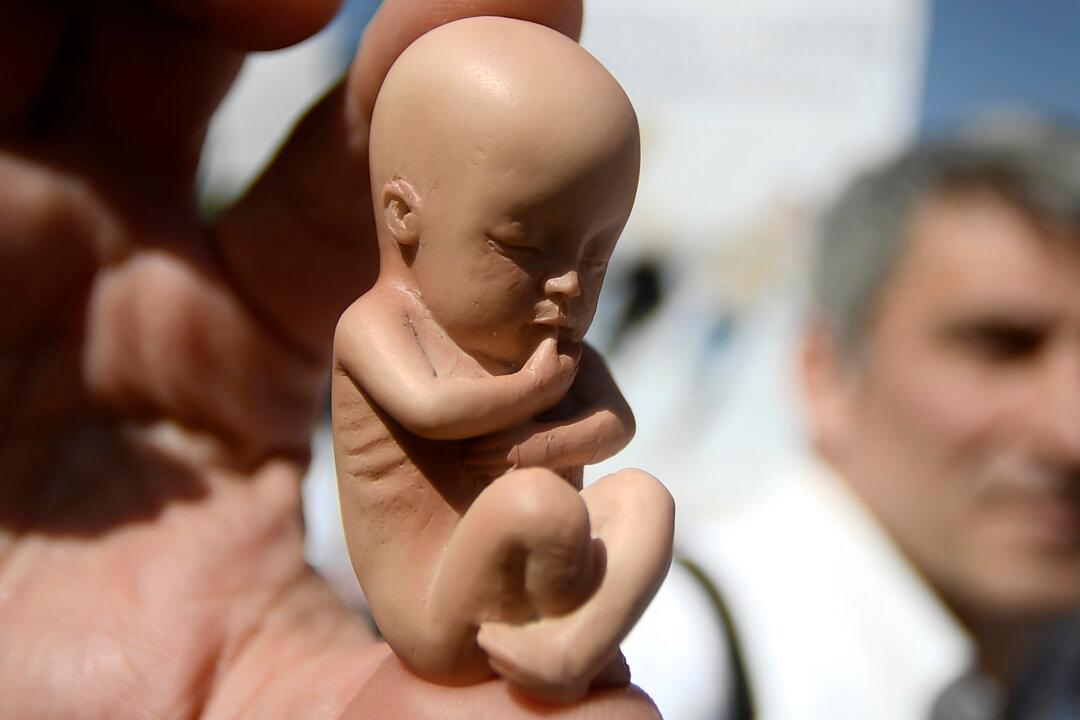Commentary
The abortion debate has risen and fallen in waves in the United States’ cultural and political psyche. Even as we observe what it does to society, the family, and the legal system, it seems both sides will never meet.

The abortion debate has risen and fallen in waves in the United States’ cultural and political psyche. Even as we observe what it does to society, the family, and the legal system, it seems both sides will never meet.